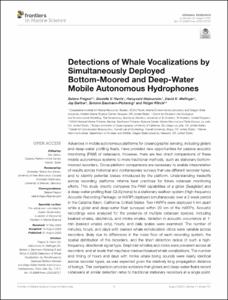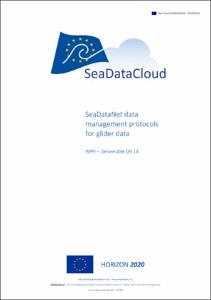Browsing OceanGliders Community Practices by Subject "Data processing"
Now showing items 1-3 of 3
-
Detections of whale vocalizations by simultaneously deployed bottom-moored and deep-water mobile autonomous hydrophones.
(2020)Advances in mobile autonomous platforms for oceanographic sensing, including gliders and deep-water profiling floats, have provided new opportunities for passive acoustic monitoring (PAM) of cetaceans. However, there are ... -
OceanGliders Oxygen SOP v1.0.0. [GOOS ENDORSED PRACTICE]
(OceanGliders, 2022)This standard operating procedure (SOP) document for dissolved oxygen (DO) aims to guide the user through the steps necessary to collect good quality dissolved oxygen data using ocean gliders for both real time and post ... -
SeaDataNet data management protocols for glider data. D9.14, Version 1.2.
(SeaDataNet, 2019)The purpose of this document is to: i) ensure that SeaDataNet partners exposed to glider data are aware of glider data management best practice and have the knowledge needed to assimilate glider data into SeaDataNet and ...
 Repository of community practices in Ocean Research, Applications and Data/Information Management
Repository of community practices in Ocean Research, Applications and Data/Information Management


